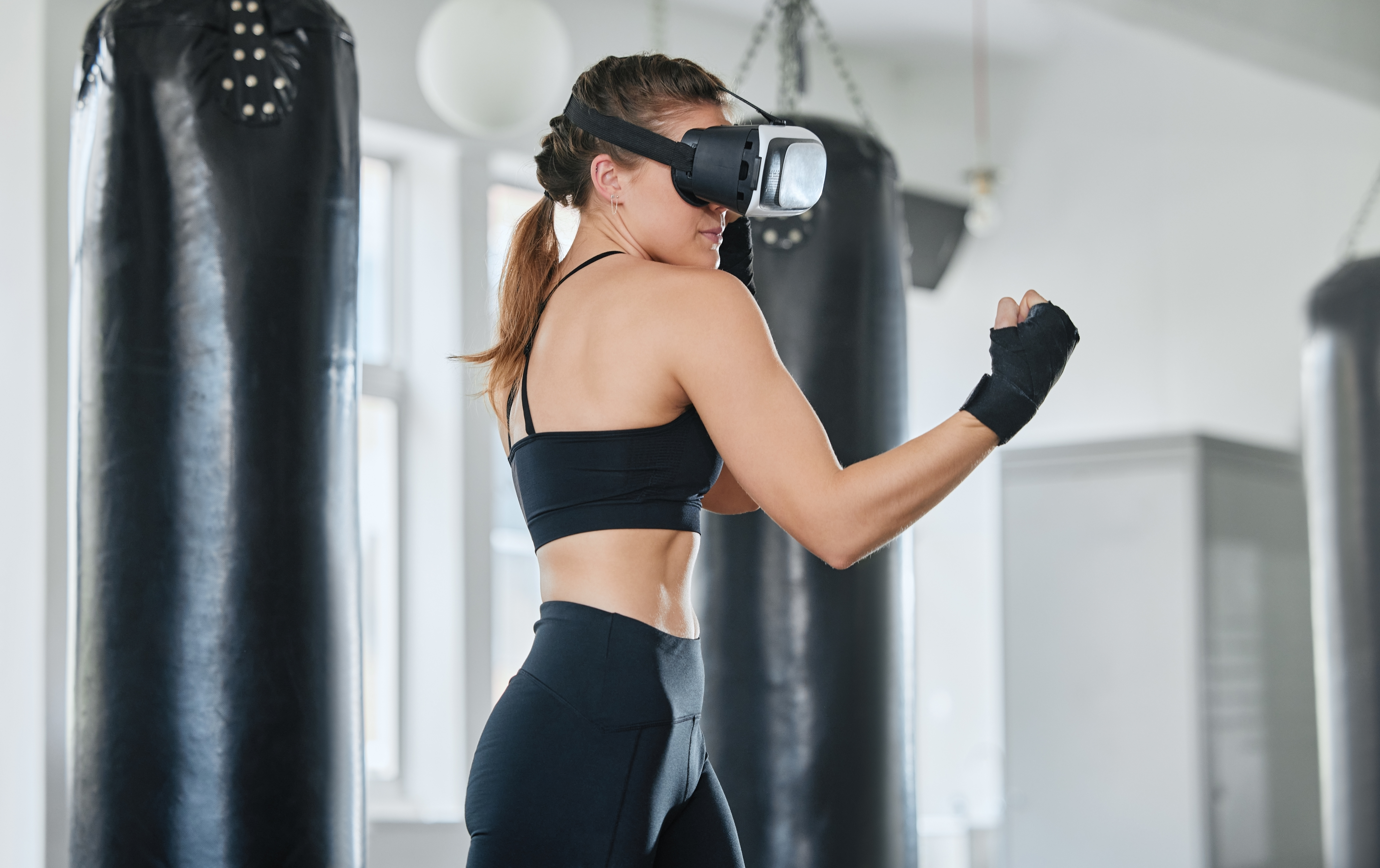11 Fitness Trends Taking Over: From Hybrid Workouts to AI Coaches
3. Virtual Reality Workouts: Immersive Fitness Experiences

Virtual reality (VR) is transforming the fitness landscape by offering immersive workout experiences that transport users to different environments. VR workouts can simulate outdoor adventures, such as hiking or cycling through scenic landscapes, or place users in virtual fitness classes with instructors and fellow participants. This technology not only makes workouts more engaging but also enhances motivation by providing a sense of escapism. For individuals who find traditional exercise routines monotonous, VR workouts offer a novel way to stay active while enjoying the benefits of physical activity. As VR technology continues to advance, the potential for creating increasingly realistic and interactive fitness experiences is boundless.
4. Wearable Technology: Tracking Fitness Progress

Wearable technology has become an integral part of modern fitness, enabling individuals to monitor their progress and stay accountable to their goals. Devices such as fitness trackers, smartwatches, and heart rate monitors provide real-time data on metrics like steps taken, calories burned, heart rate, and sleep quality. This information empowers users to make informed decisions about their health and fitness routines, allowing for adjustments that optimize results. The social aspect of wearable technology, with features that enable sharing achievements and participating in challenges, further motivates individuals to stay active. As technology evolves, wearables are becoming more sophisticated, offering deeper insights into physical and mental well-being.
